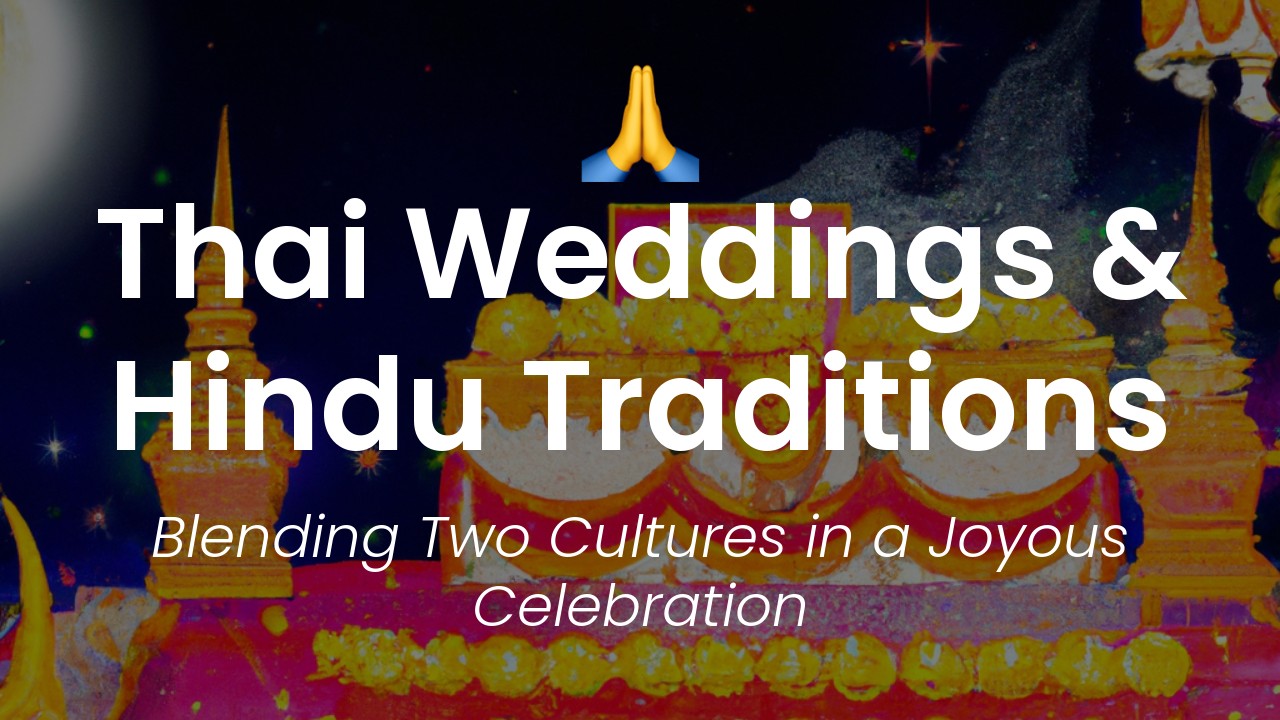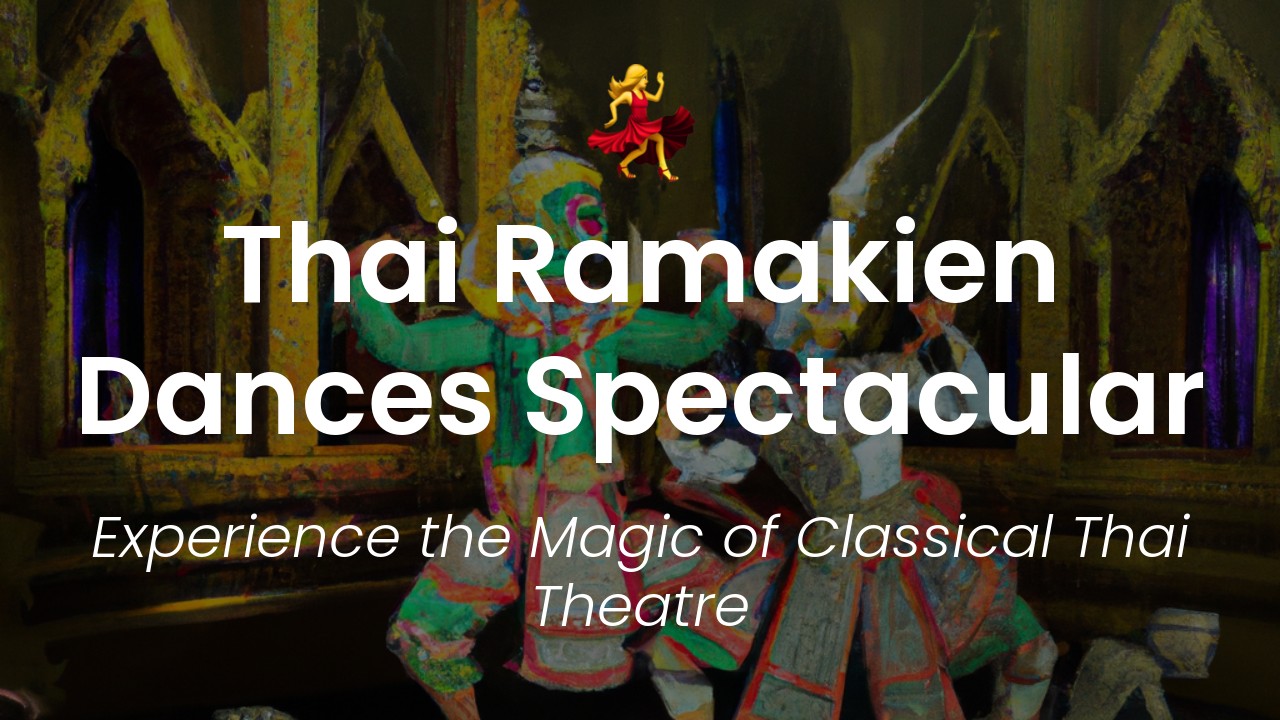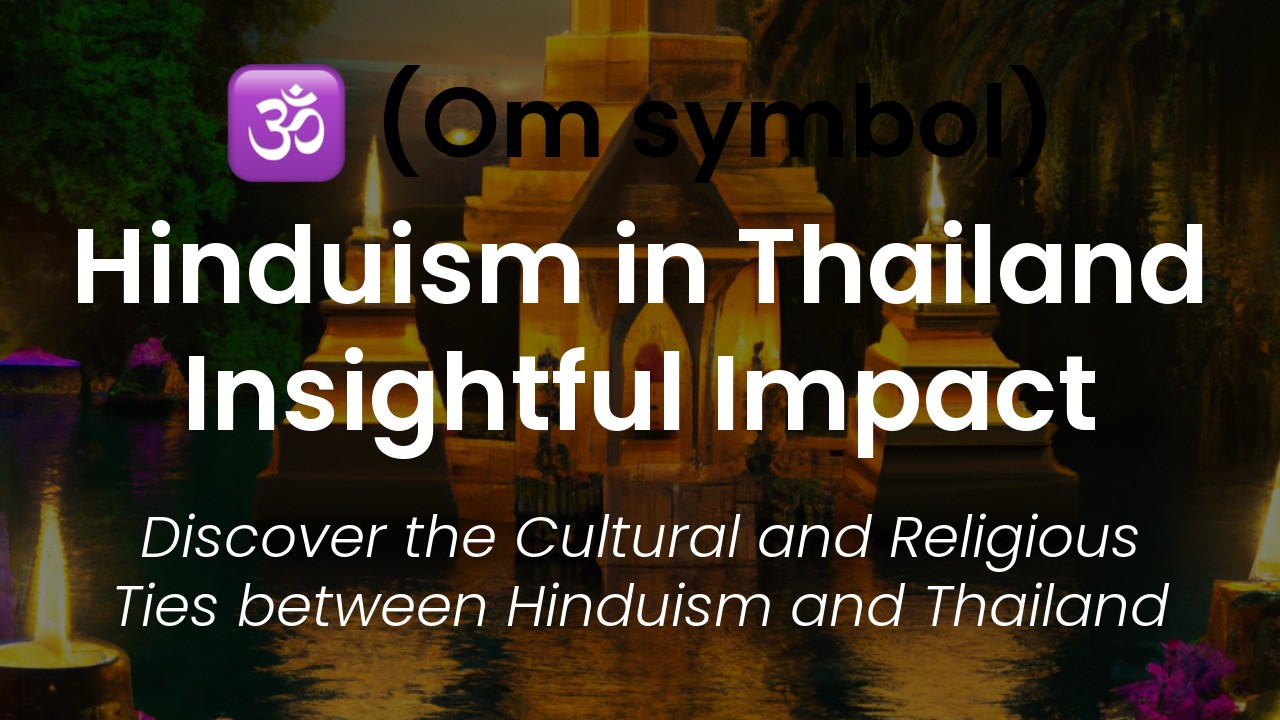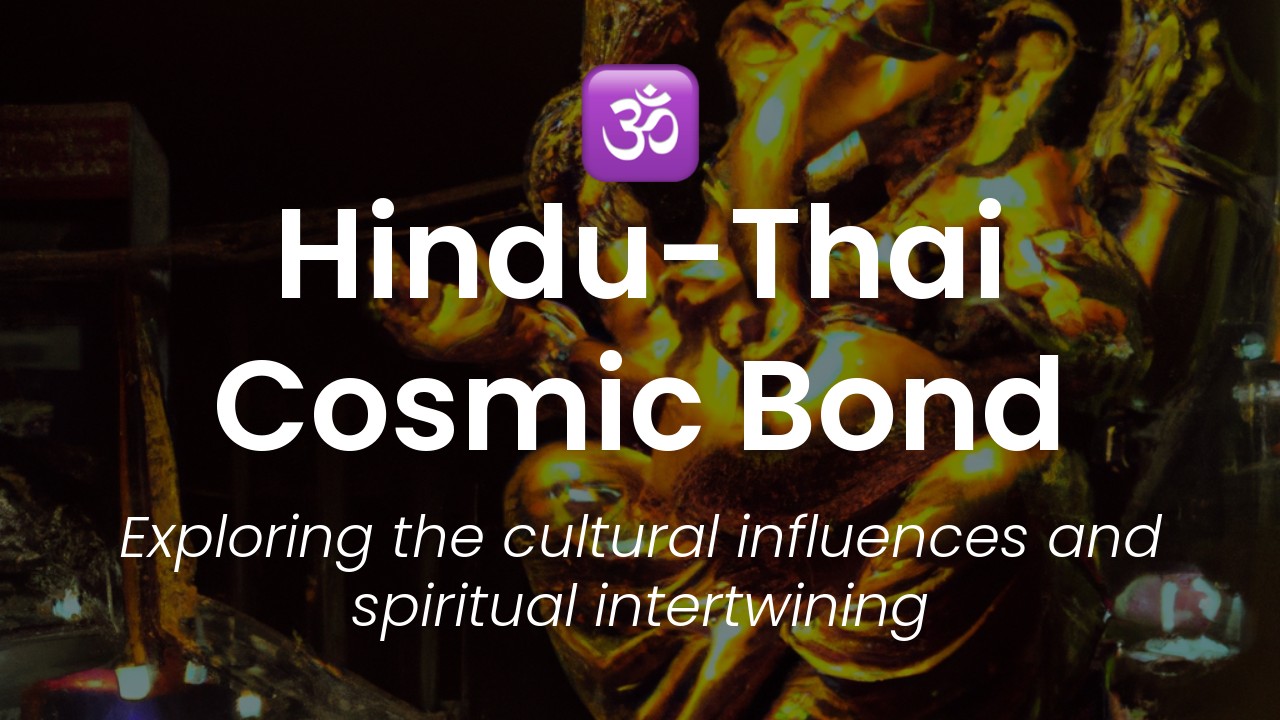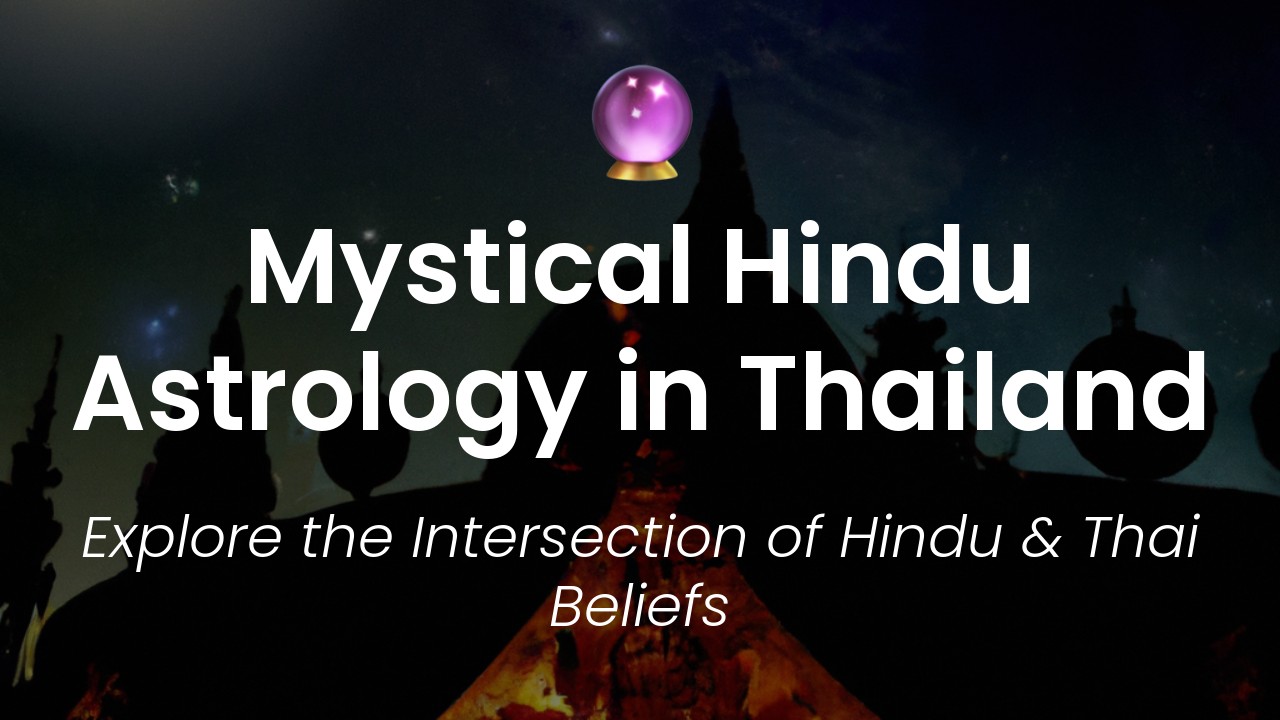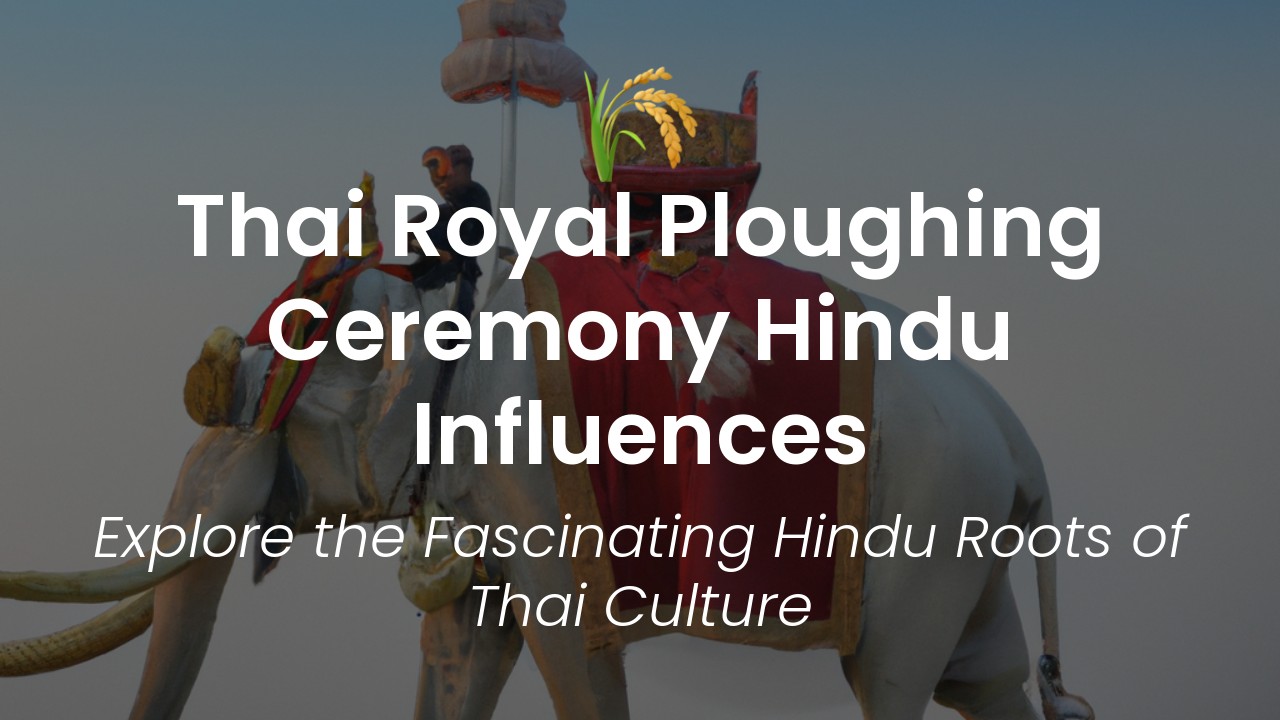As a young woman living in Thailand, I have always been fascinated by the cultural diversity of my country. One aspect of Thai culture that has always intrigued me is the influence of Hinduism on Thai customs and traditions. Thailand is home to a significant Hindu population, and as a result, many Thai customs and traditions have deep roots in Hindu beliefs.
One of the most notable areas where Hinduism has influenced Thai culture is in Thai weddings. Thai weddings are a blend of traditional Thai customs and Hindu traditions that have been passed down through generations. From pre-wedding ceremonies to the actual wedding ceremony itself, Hindu customs are woven seamlessly into the fabric of Thai wedding traditions.
Over the years, I have had the opportunity to attend many Thai weddings and have been able to witness firsthand the fascinating intertwining of Thai and Hindu customs. In this blog article, I would like to share with you some of the most intriguing Hindu customs that are a part of Thai weddings. We will explore the meaning and significance of these customs and how they are integrated into Thai wedding ceremonies. Get ready to delve into the rich and captivating world of Thai weddings and discover the hidden gems of Hindu traditions within them.
Hindu customs influence in Thailand
Thailand is a multi-cultural country that exhibits a wide range of religious practices and ceremonies. Among them, Hindu customs are the most significant and influence many aspects of life in Thailand. One such example is the Thai wedding ceremony that has its root in Hinduism.
The Thai wedding ceremony is one of the most significant ceremonies in Thai culture and is taken very seriously. The wedding ceremony is an elaborate affair and involves many customs, both traditional and religious. In this article, we will take a closer look at Hindu customs that are an integral part of a Thai wedding ceremony.
Importance of sacred fire in Hinduism
One of the essential Hindu customs in Thai weddings is the use of a sacred fire. Fire, also known as Agni, holds a significant place in Hindu mythology and is considered a purifying agent. A traditional Thai wedding ceremony always involves lighting a sacred fire, which is considered a representation of Agni.
The sacred fire is lit by the priest at the beginning of the ceremony, and the couple takes their vows by taking seven rounds around the fire. The groom leads the bride during the seven rounds, and they take their vows in front of the fire. The sacred fire remains lit throughout the ceremony and is considered a witness to the holy union of the couple.
Garlands and tikkas in Thai weddings
Garlands and tikkas are another essential part of a Hindu-inspired Thai wedding. Garlands, also known as varmalas, are floral strings that the bride and the groom exchange during the ceremony. Tikkas, which are also known as bindis, are worn by the bride and the groom on their foreheads and signify their marital status.
The exchange of garlands is considered a symbol of acceptance of the bride and the groom by their respective families. The varmala is also an indication of the couple's willingness to accept each other as partners for life. The tikkas, on the other hand, represent the third eye of intuition and consciousness and is believed to ward off evil energy.
Seven vows in Hindu wedding ceremony
Taking seven vows is an essential part of a Hindu-inspired Thai wedding. The seven vows are known as saptapadi, and each round around the sacred fire signifies one vow. The groom leads the bride during these vows, and they take each vow together.
The seven vows are as follows:
- The first vow is to provide for each other and to support each other in all aspects of life.
- The second vow is to respect each other's families and to cherish them always.
- The third vow is to be considerate and supportive of each other's dreams and aspirations.
- The fourth vow is to learn from each other and to grow together as individuals and as a couple.
- The fifth vow is to be honest and truthful with each other in all circumstances.
- The sixth vow is to nurture their children and to provide them with a balanced upbringing.
- The seventh and the final vow is to be faithful and committed to each other through all the ups and downs of life.
Kanyadaan and significance
Kanyadaan is another essential Hindu custom that is a part of a Thai wedding ceremony. The word Kanyadaan can be translated to "giving away the bride." In this custom, the father of the bride hands over his daughter to the groom, symbolically giving away his rights over her.
Kanyadaan is considered a selfless act of love on the part of the father, and it signifies his consent to the marriage. The groom, in turn, promises to treat the bride with love and respect and to take care of her for the rest of his life.
Conclusion: Blend of Hindu customs and Thai traditions
In conclusion, the use of Hindu customs in Thai weddings is a beautiful blend of two distinct cultures. The Thai wedding ceremony includes many traditional Hindu customs, such as the use of a sacred fire, varmala, tikkas, and Kanyadaan. These customs are an integral part of the Thai wedding ceremony and signify the couple's commitment to each other and to their families.
By incorporating Hindu customs into the Thai wedding ceremony, the couple acknowledges the rich cultural heritage of Thailand and India. The result is a beautiful and unique wedding ceremony that showcases the diversity and richness of Thai culture.

